White papers
Keep up with the latest thinking about private markets
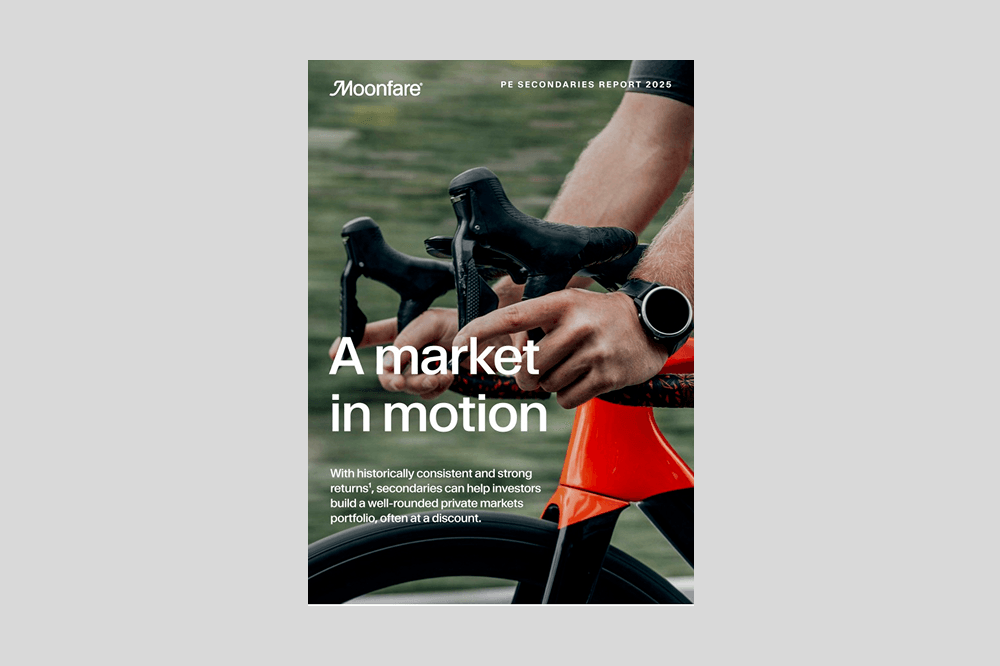
Private equity secondaries in 2025: market in motion
With historically consistent and strong returns, secondaries can help investors build a well-rounded private markets portfolio — often at a discount.
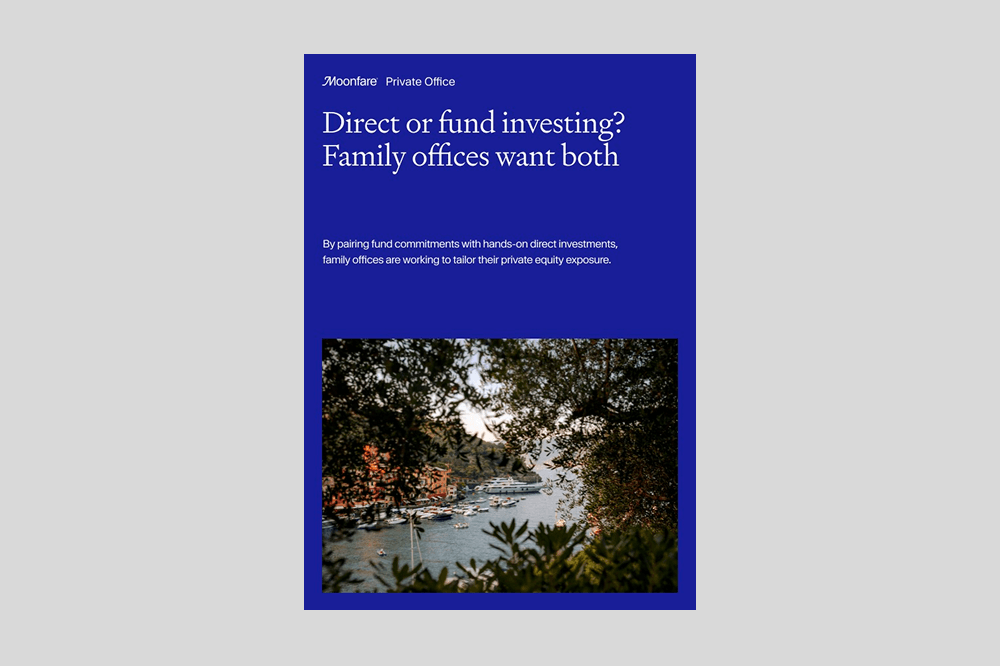
Direct or fund investing? Family offices want both
By pairing fund commitments with direct investments, family offices are tailoring their PE exposure. What do investors need to know about this approach?

How can semi-liquids improve PE portfolios
Semi-liquid funds have recently moved firmly into the spotlight. What advantages do these vehicles have over more traditional points of access?
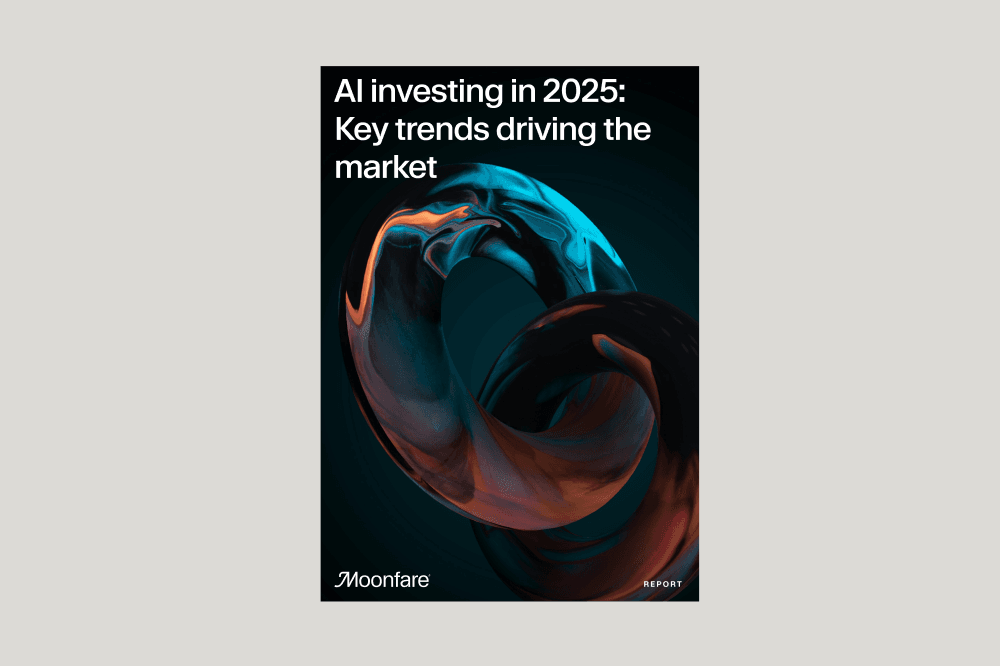
AI investing in 2025: Key trends driving the market
What are the latest trends in AI adoption, and what role are private markets playing in possibly the greatest technological transformation of our time?

Moonfare Investor Survey 2025: Watching the winds
Investors on the Moonfare platform are leaning into private assets while paying close attention to where the markets are headed.

How can family offices seize the opportunity of the Great Wealth Transfer
To accommodate the younger generations of investors, family offices will need to rethink their operations and investment strategies by adding more alternatives.

Moonfare Pulse 2025: staying committed to the fundamentals of PE
Buyouts remain a favoured strategy, while secondaries established themselves as a portfolio mainstay. Learn how Moonfare investors are allocating to private assets.
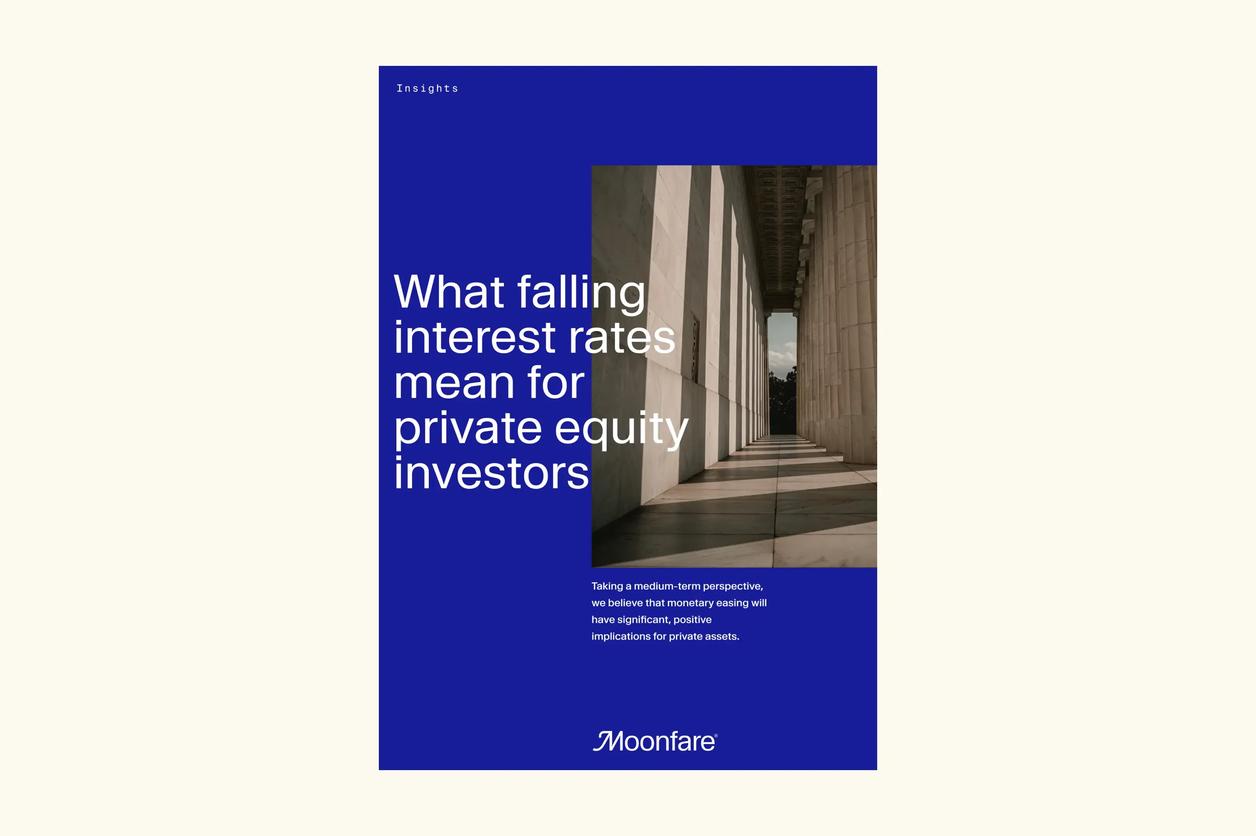
What falling interest rates mean for private equity investors
We believe that monetary easing will have significant, positive implications for private assets. Find out how in our white paper.

Moonfare Pulse 2024: investment trends in our community
Our annual fund activity report shows how investors are reshaping their private market portfolios for the new reality.

The Case for Private Equity in Downturns
In this report, we explore the key features that give private equity the capacity to thrive even when markets turn for the worse.
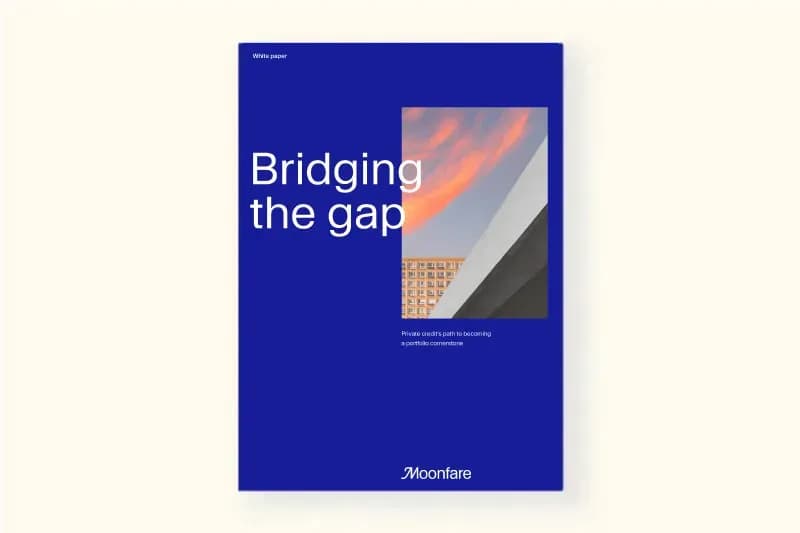
Private credit's path to becoming a portfolio cornerstone
What forces are shaping opportunities in private credit and what are the enduring qualities that make the asset class a potentially attractive investment?
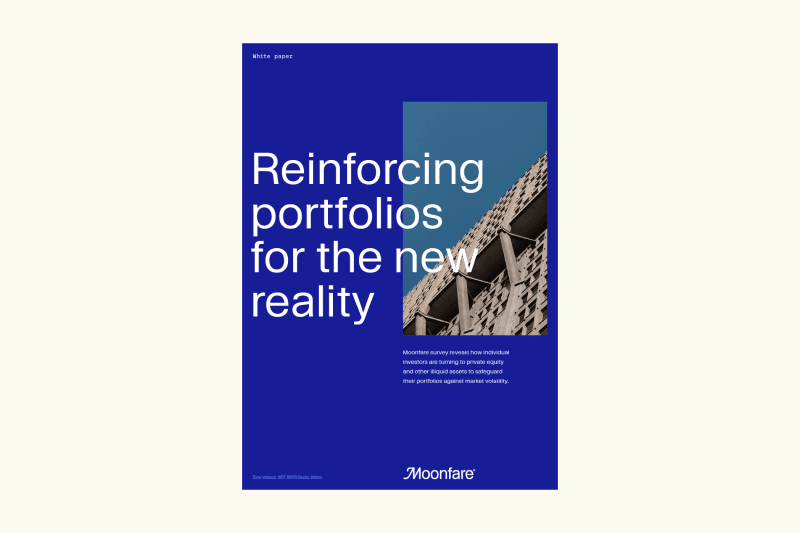
Moonfare Investor Survey 2023
The survey reveals how Moonfare investors started prioritising diversification to position their portfolios for the new economic reality.

PE’s cutting edge: introducing the Moonfare Pulse
Find out how the top-tier fund managers on our platform, as well as our investor community, invest in private equity.
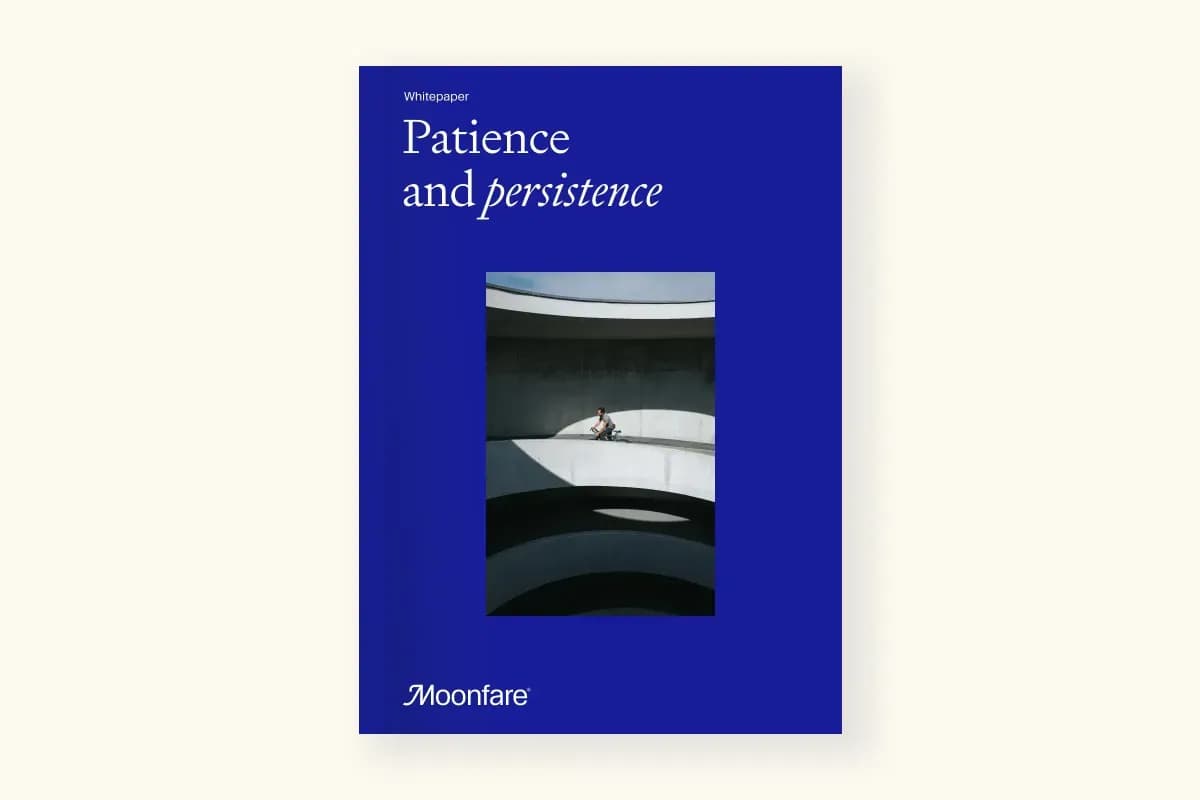
Moonfare Investor Survey 2022
Moonfare surveyed its community to better understand how professional investors view their private investments in the current economic climate, as well as which strategies they expect to generate outsized returns.
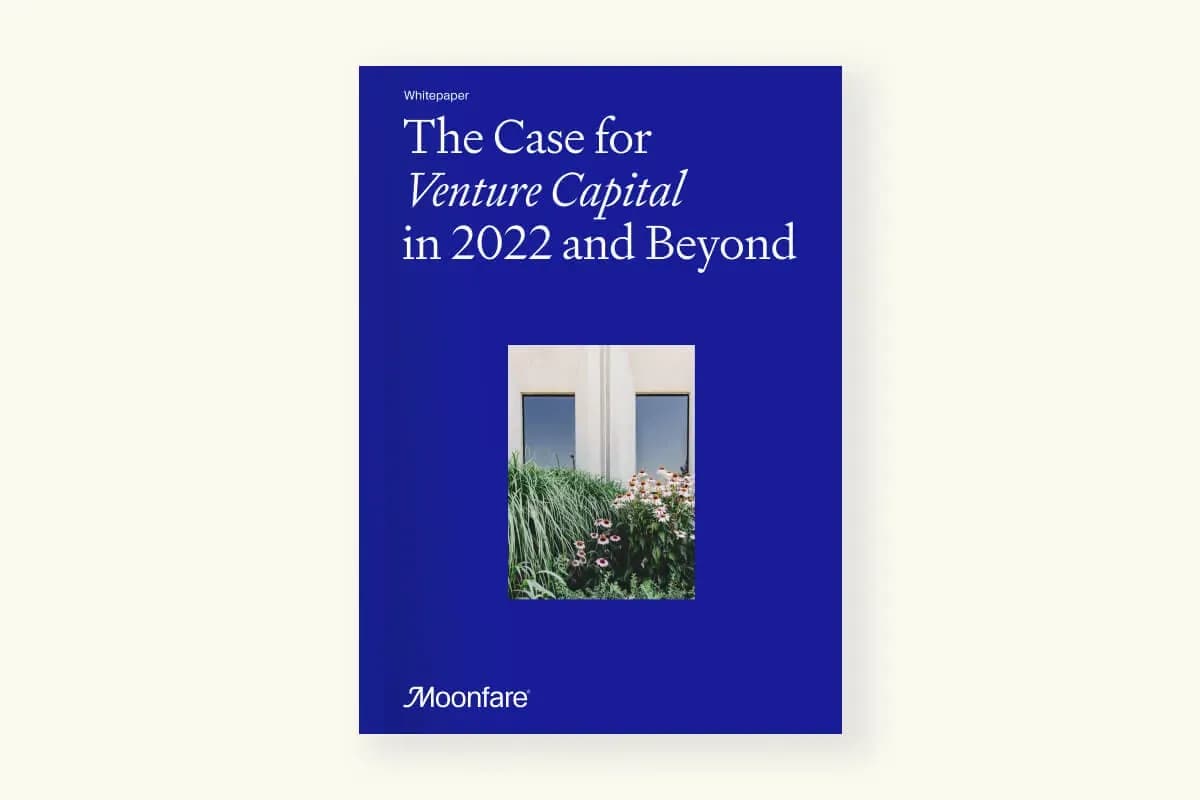
Venture Capital in 2022 and Beyond: Key Trends and Opportunities
Despite the current rocky environment, the outlook for venture capital (VC) is promising. This white paper showcases why now is such a good time to make VC a valued part of your portfolio and how investors can benefit from its inclusion.

Family Offices and Private Markets in 2022
In our latest survey, we explore how family offices are navigating private market investments in the context of economic turbulence and changing generational attitudes, as well as what this could mean for the future family office portfolio.
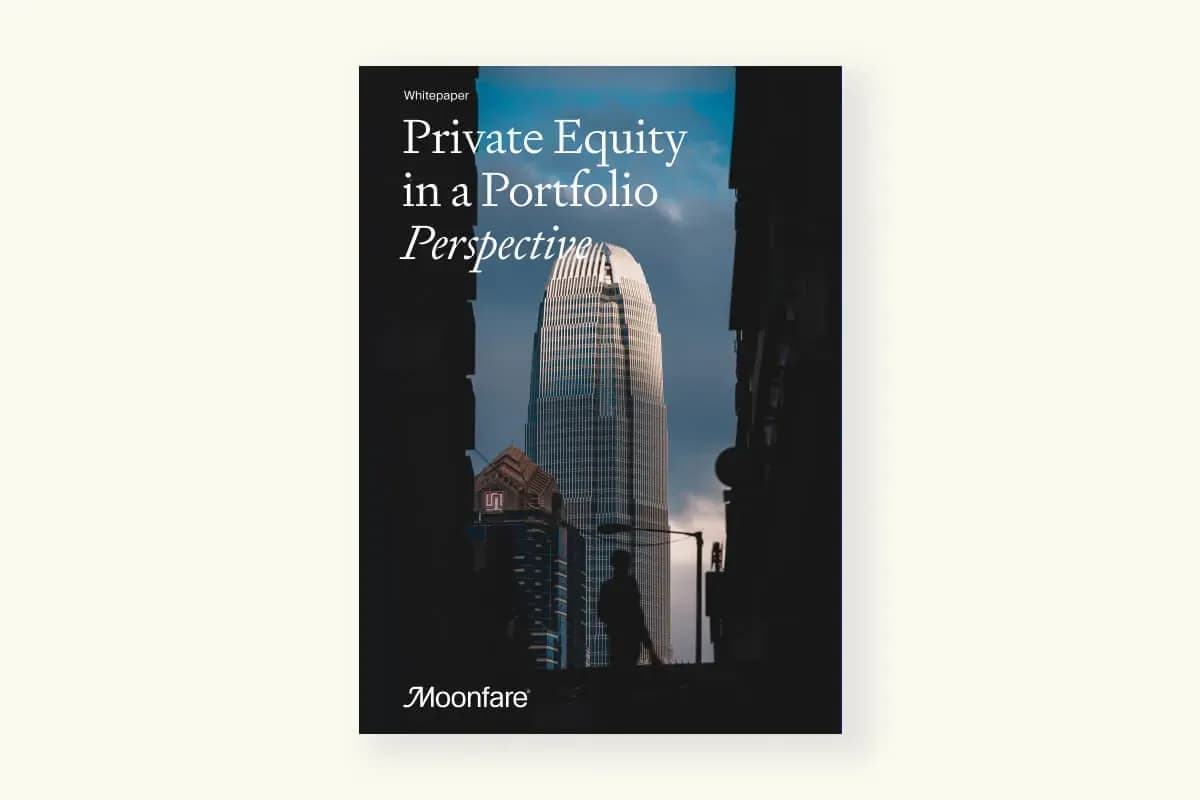
Private Equity in a Portfolio Perspective
Private equity has historically provided one of the most attractive risk-adjusted returns. This white paper highlights the importance of PE from an investment portfolio perspective.
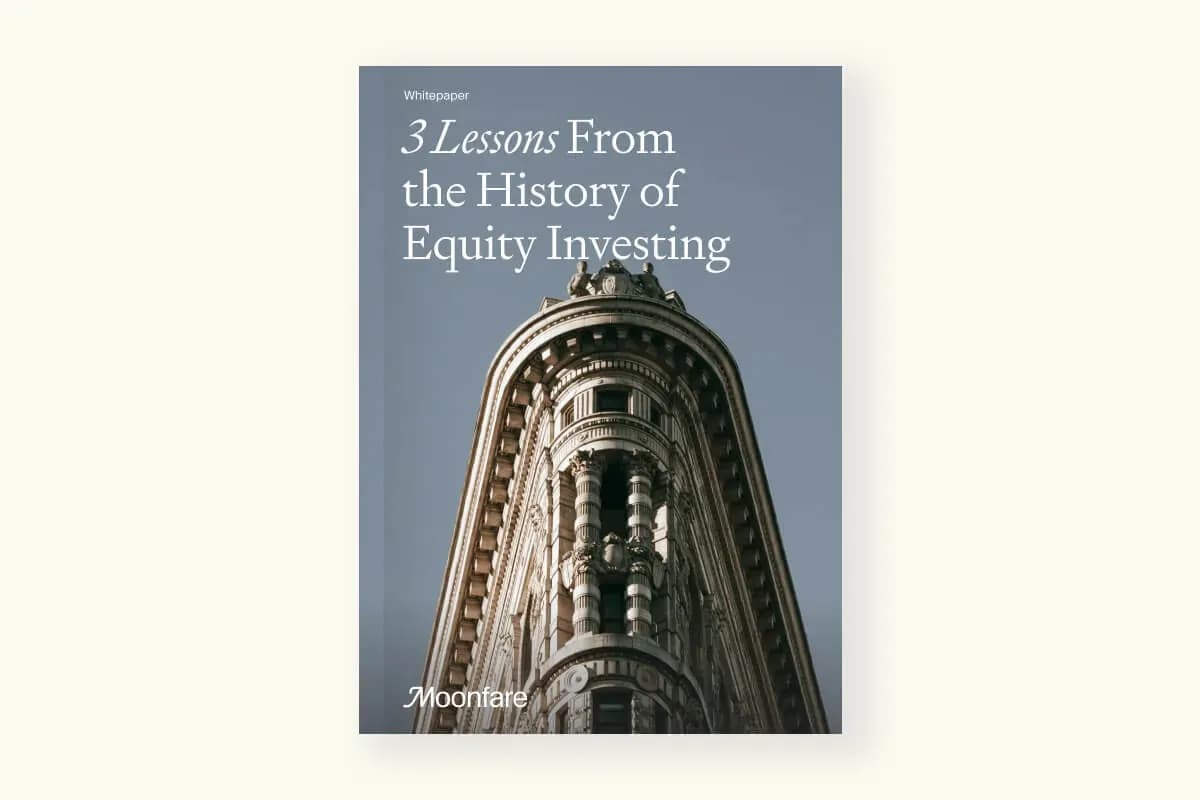
3 Lessons From the History of Equity Investing
We are offering this white paper to share a few eternal rules of equity investing that seem more important now than ever. These truths have stood the test of time, centuries in some cases, and we expect them to endure.
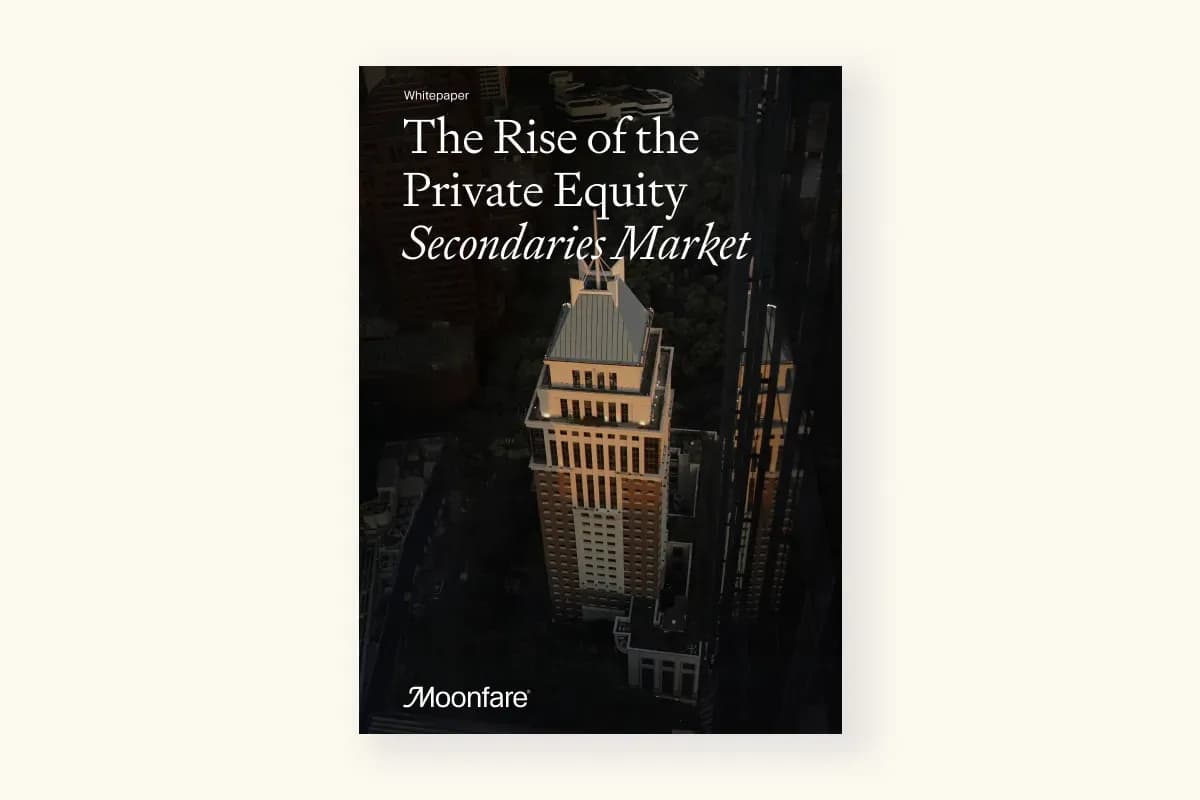
The Rise of the Private Equity Secondaries Market: Key Trends
Together with IQ-EQ, we discussed the evolution of the secondaries market and its benefits, what the top strategic drivers have been for LP buyers and sellers, and among a number of other key topics, whether this opportunity is a must-have investment for private equity fund managers.
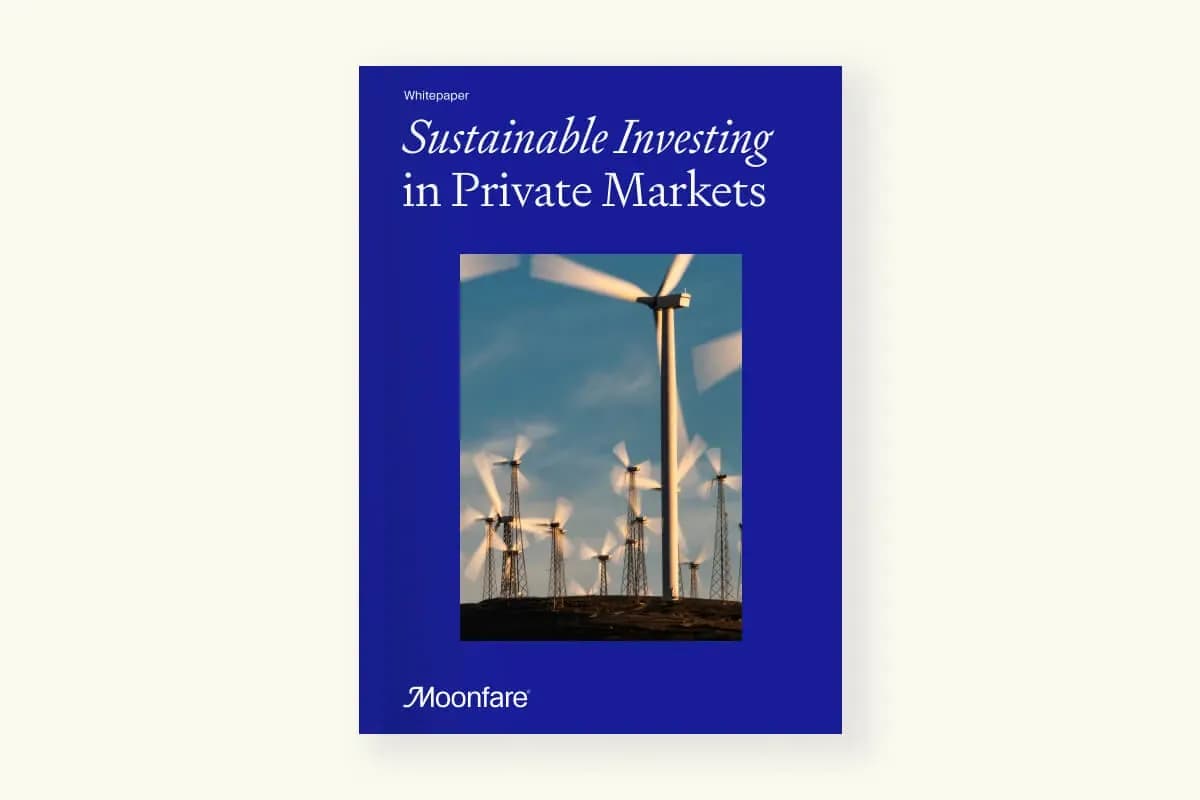
The Case for Sustainable Investing in Private Markets
Sustainable investing offers outperforming returns and market resilience as investors use their economic clout to address the most pressing challenges of our time. This white paper explores the foundations of sustainable investing and the opportunities it offers to investors, particularly in private markets.

Moonfare Market Panel 2021
In the spring, Moonfare conducted a survey of our investor base. The goal? Pick our investors’ brains and try to develop a broader sense of what they expect in the near future across markets. We also asked them about the investment strategies they developed and the lessons they learned since the onset of Covid-19.
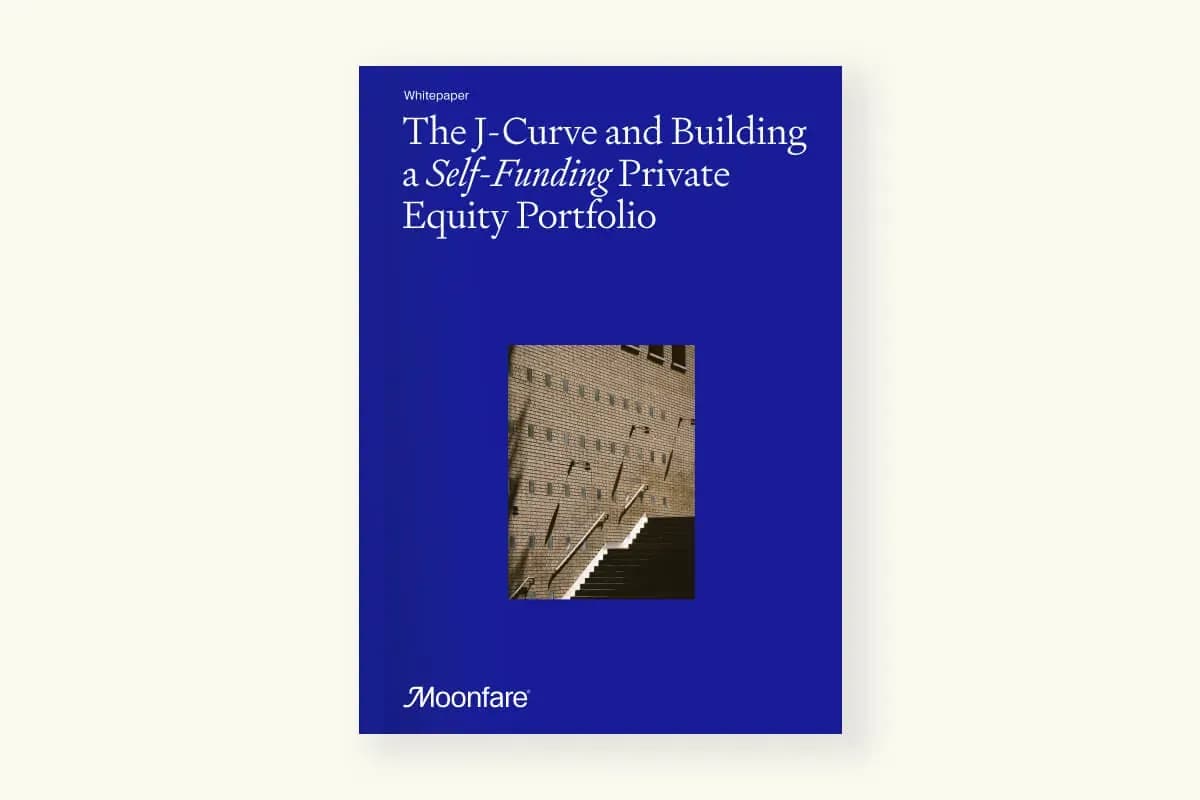
The J-Curve and Building a Self-Funding Private Equity Portfolio
J-Curve, a tool for visualising the net cash flows connected with a private equity fund investment, helps explain the benefits of building a portfolio of several funds.
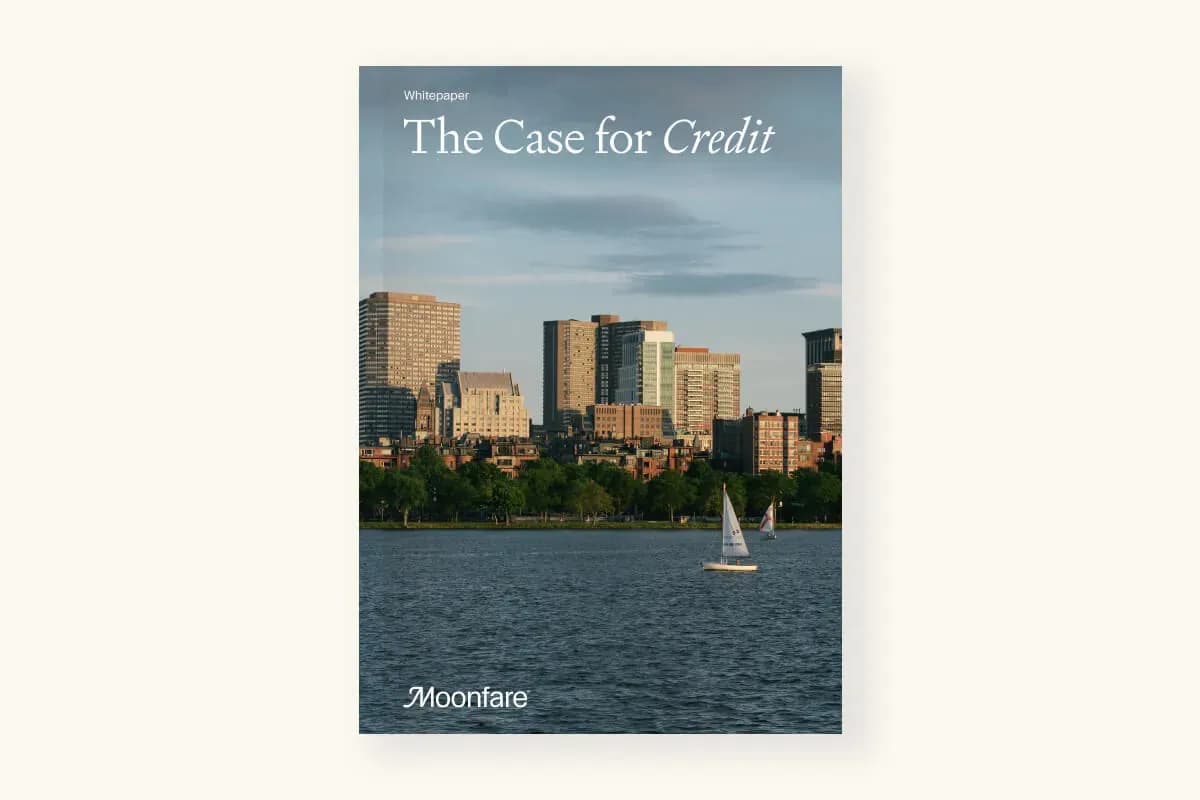
The Case for Private Credit
Private credit has experienced unprecedented growth since 2009 and is now the third-largest asset class in the alternatives. There are many compelling reasons why to invest in private debt – we explore them in our white paper.

Now is the time to invest in Private Equity
Historically, it is seen that PE’s best returns tend to follow recessionary periods. This white paper highlights what causes PE outperformance and why now it is the time to invest in this asset class.
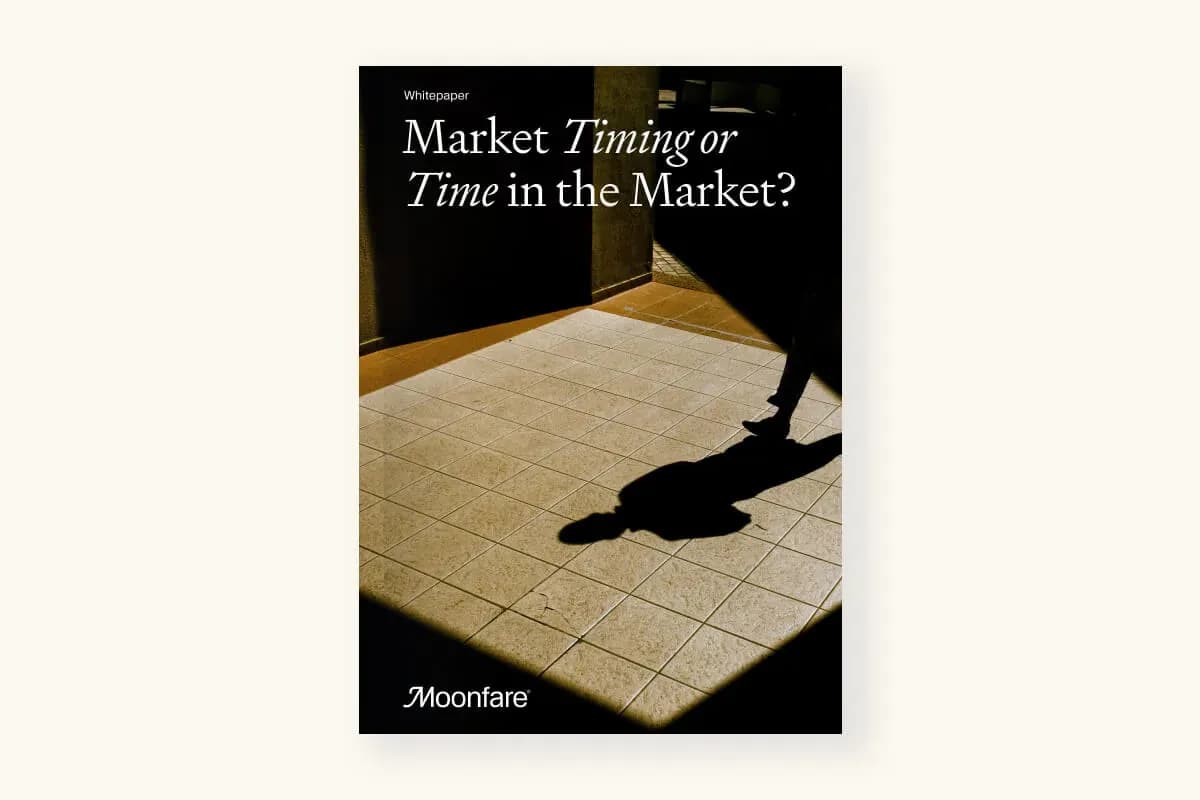
Market Timing or Time in the Market?
When it comes to investors’ portfolios, attempting to time market downturns has often proven to be too difficult a task to outweigh the benefits of staying the course, often limiting the upside potential of their portfolios.
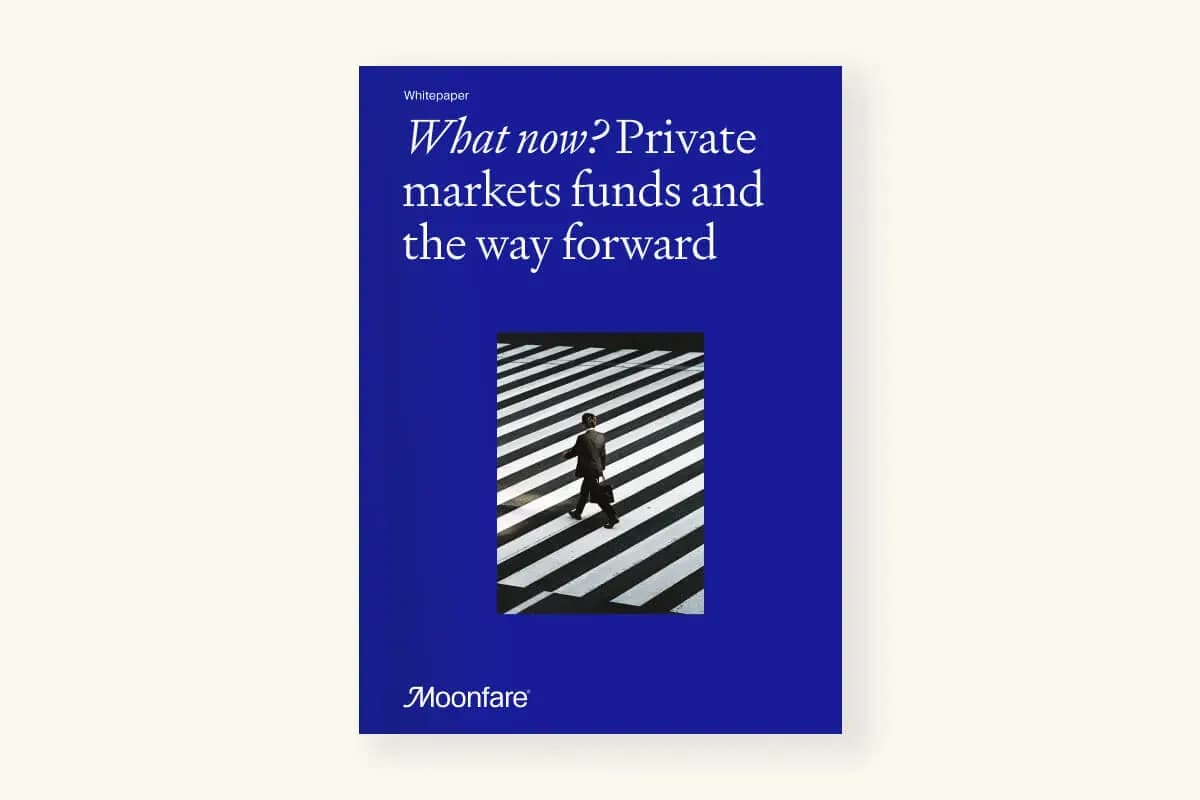
What now? Private markets funds and the way forward
After a complex year for the economy and markets, we discuss the way forward and highlight how private equity funds as well as funds that incorporate elements of distressed debt stand to outperform in 2021.
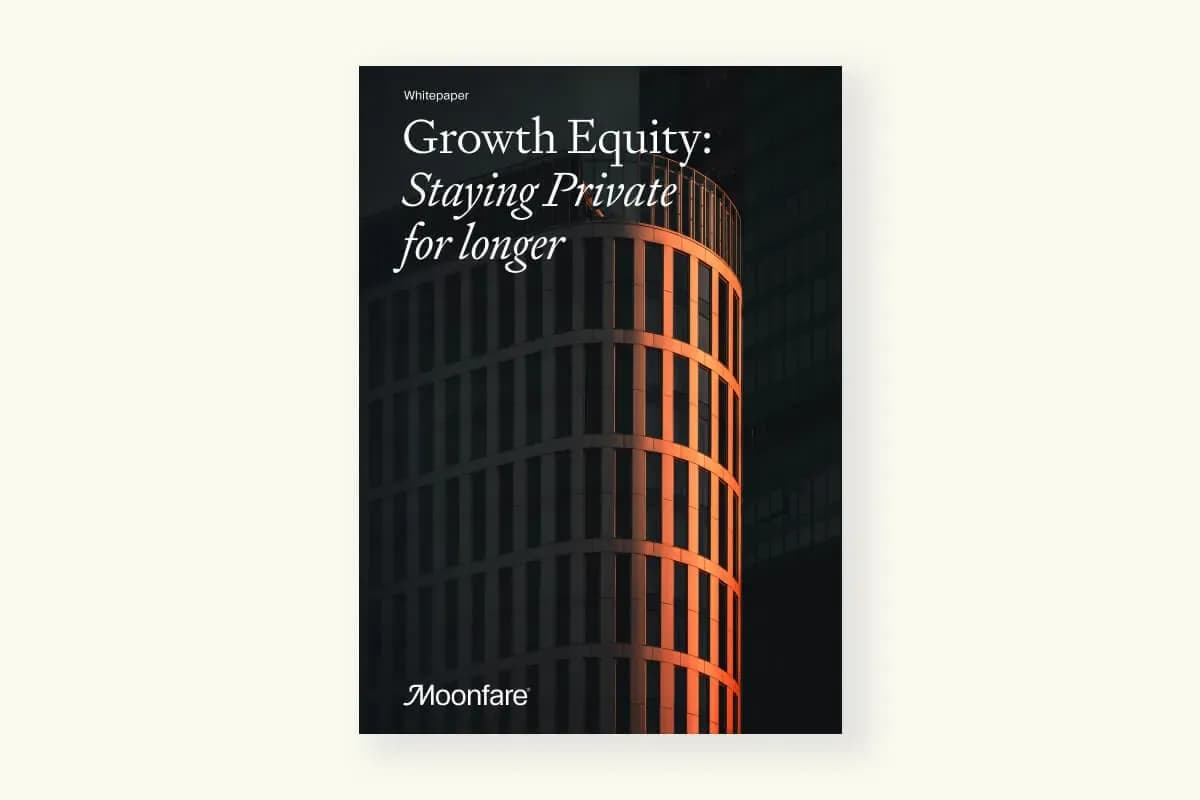
Growth Equity: Staying Private for Longer
The number of publicly listed companies has been declining in the US since 1996. One reason is that smaller firms are trying to grow rapidly to capture market share and customers before listing.
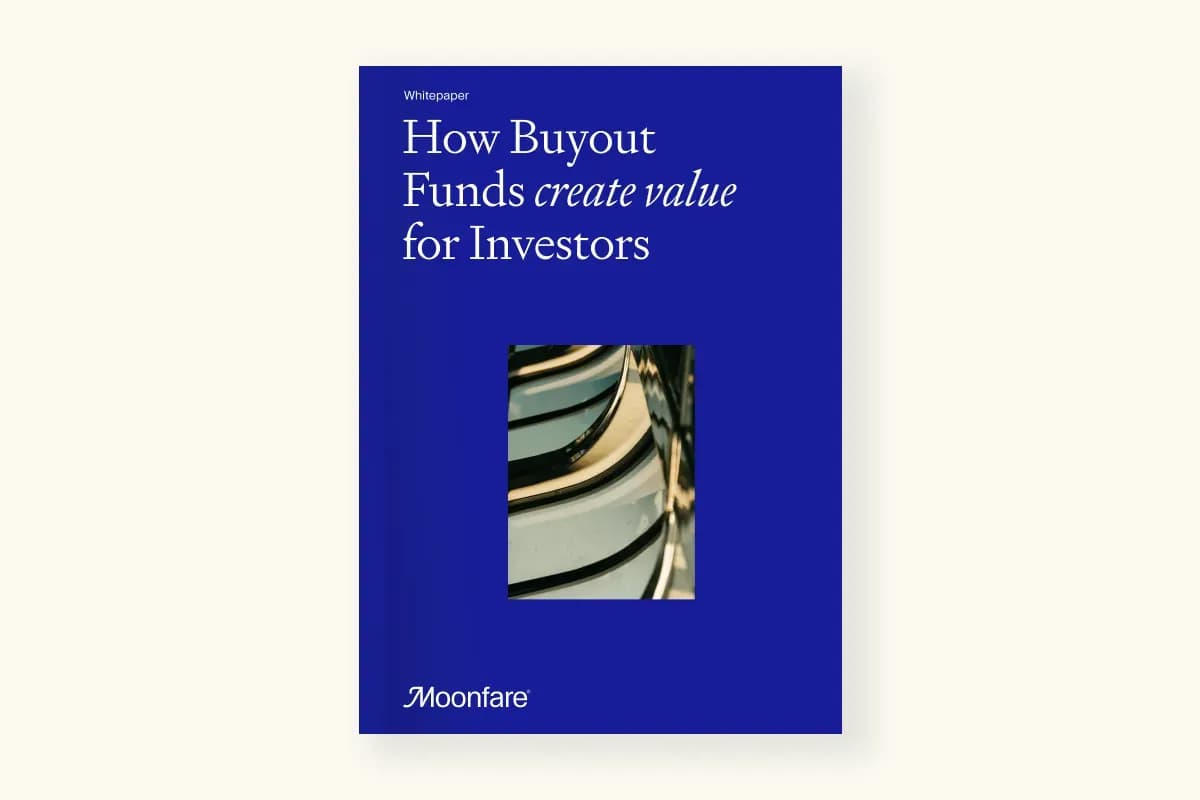
How Buyout Funds create value for Investors
Buyout funds have consistently outperformed public markets in recent decades. This white paper explains how this asset class works and the ways in which it creates value for investors.
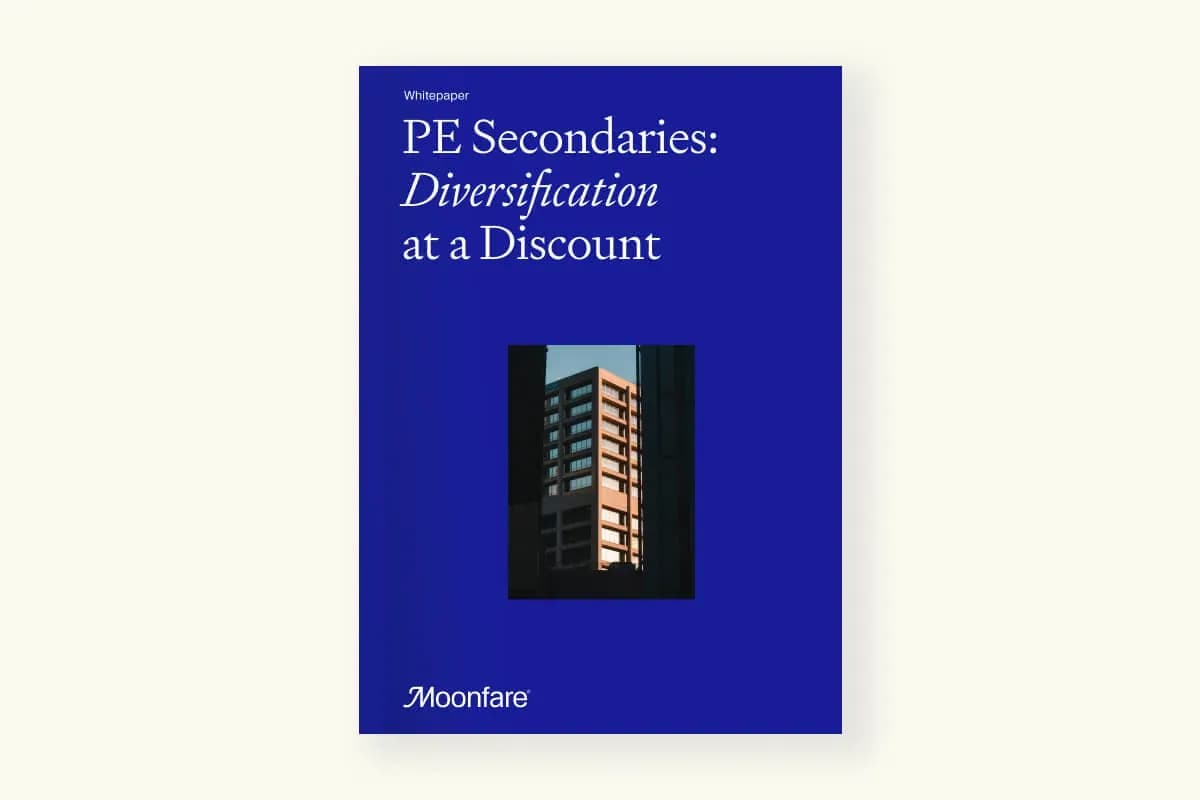
PE Secondaries: Diversification at a Discount
In the late 1970s, regulatory changes permitting US pension funds to invest in private equity transformed the asset class and drastically increased the number and volume of private fundraisings.
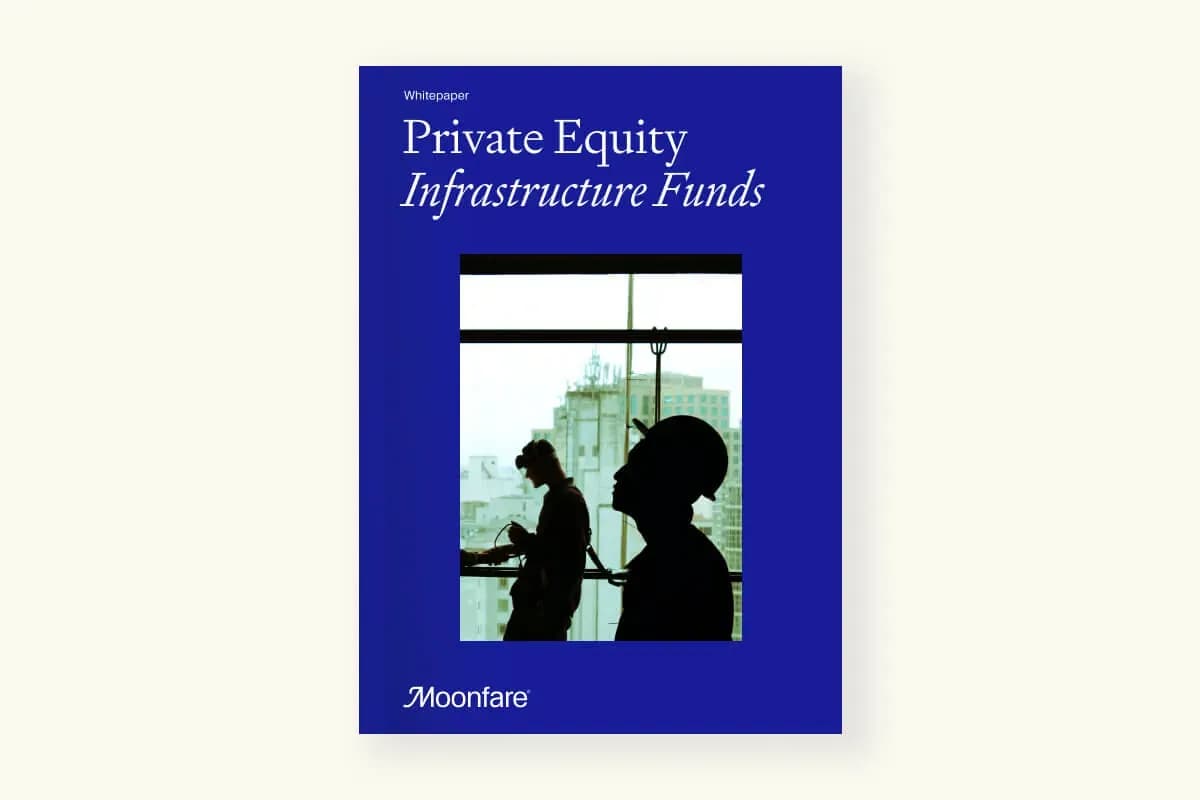
Private Equity Infrastructure Funds
A trillion-dollar market with innate downside protection, infrastructure investing is one of the fastest growing categories in private equity. This white paper outlines the enormous opportunities awaiting funds and investors.
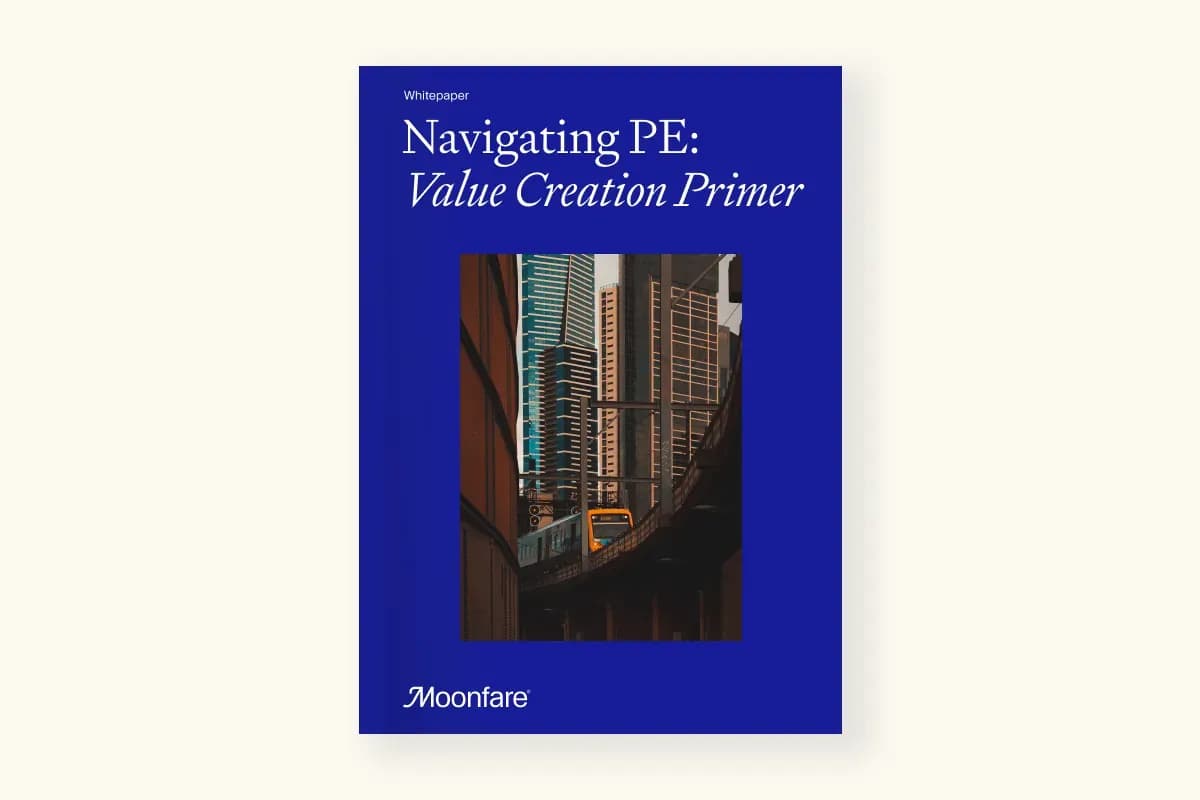
Navigating PE: Value Creation Primer
Since the private equity heyday of the 1980s, when financial engineering ruled the playbook for this novel type of investing, a lot has changed. This white paper outlines this shift and explains the way the industry developed.

Private Equity in Asia: Powering the global growth engine
Robust economic growth and low penetration of private equity funds has created a golden opportunity for investors in Asia-Pacific. This white paper examines how demographic trends are opening the door to value creation — and how investors can get involved.
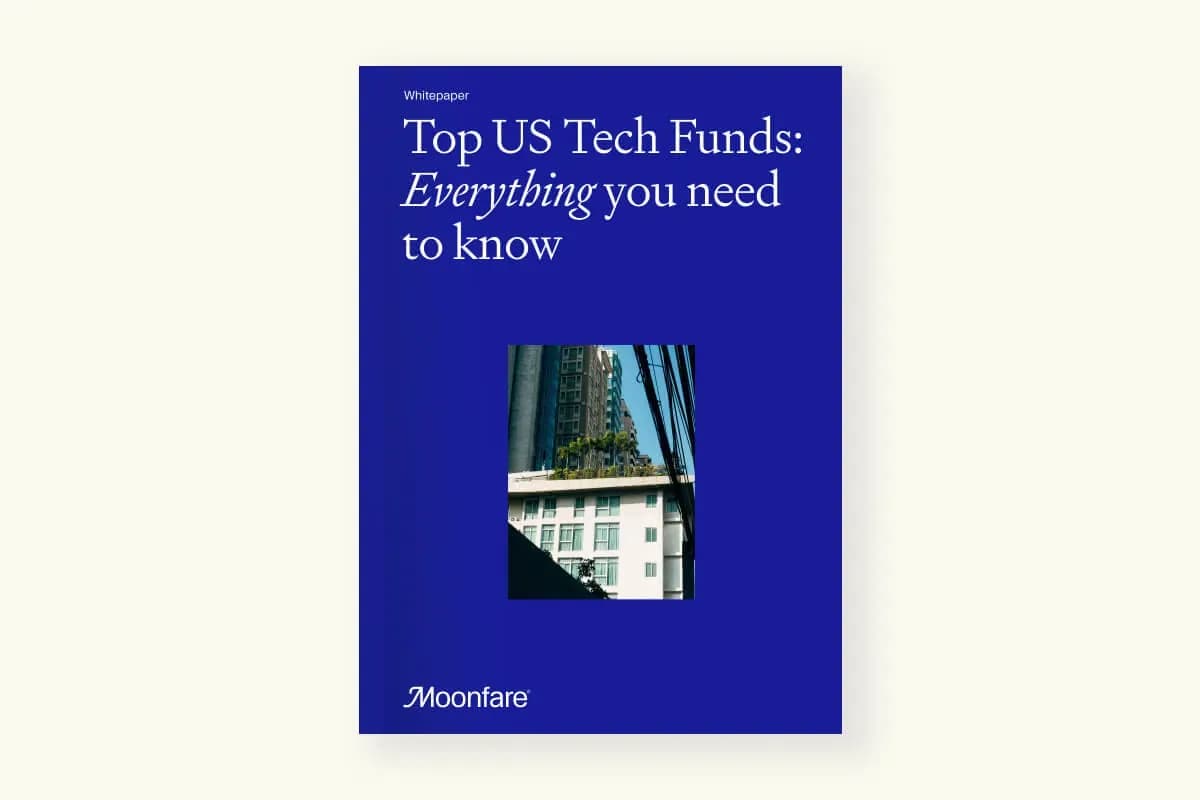
Top US Tech Funds: Everything you need to know
Many investors wonder how top US tech funds manage to consistently deliver outsized returns over extended periods of time. So how do these fund managers achieve such strong results?
Join The Satellite.
Weekly updates on Investment and Finance.
Subscribe now